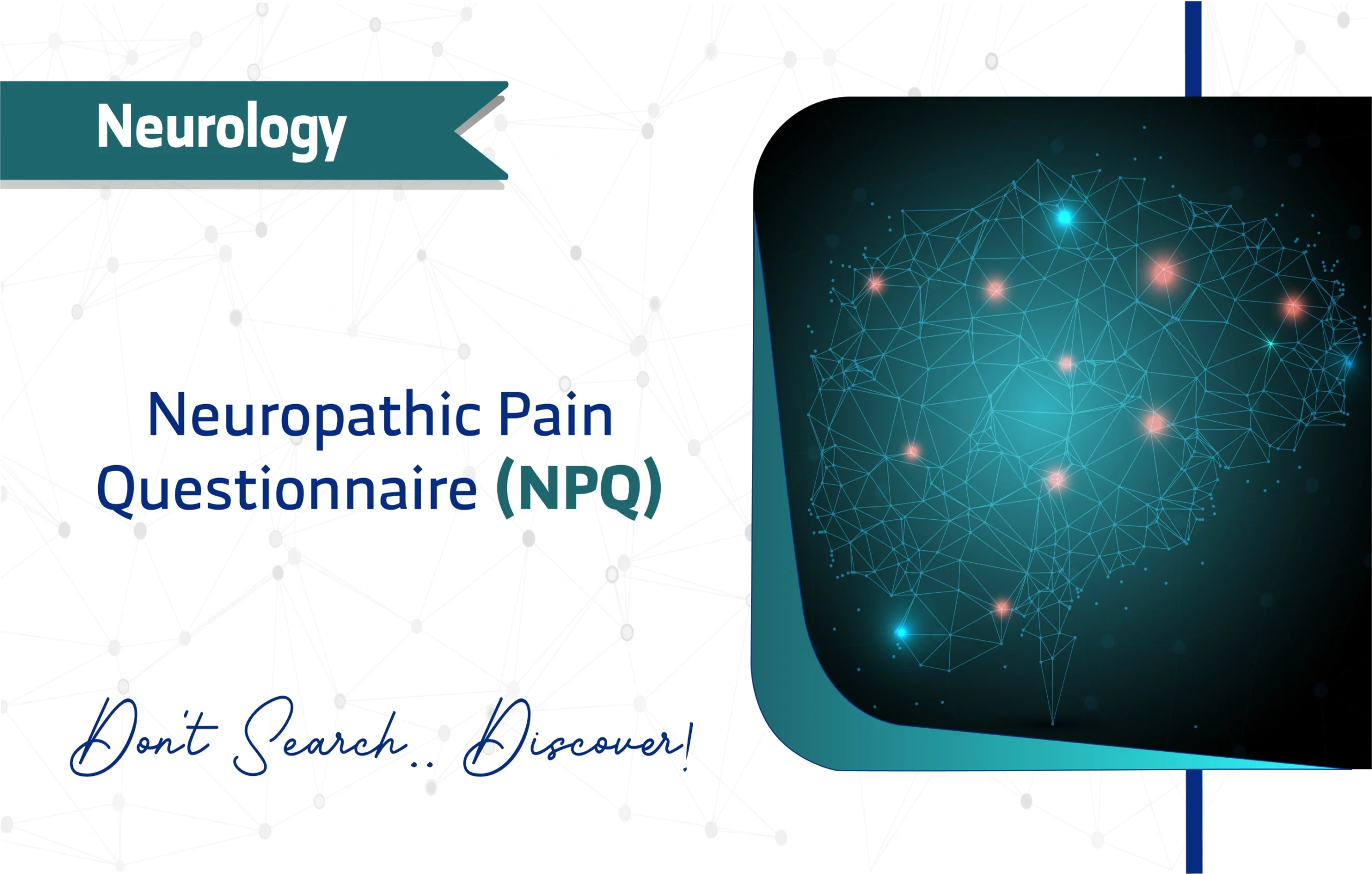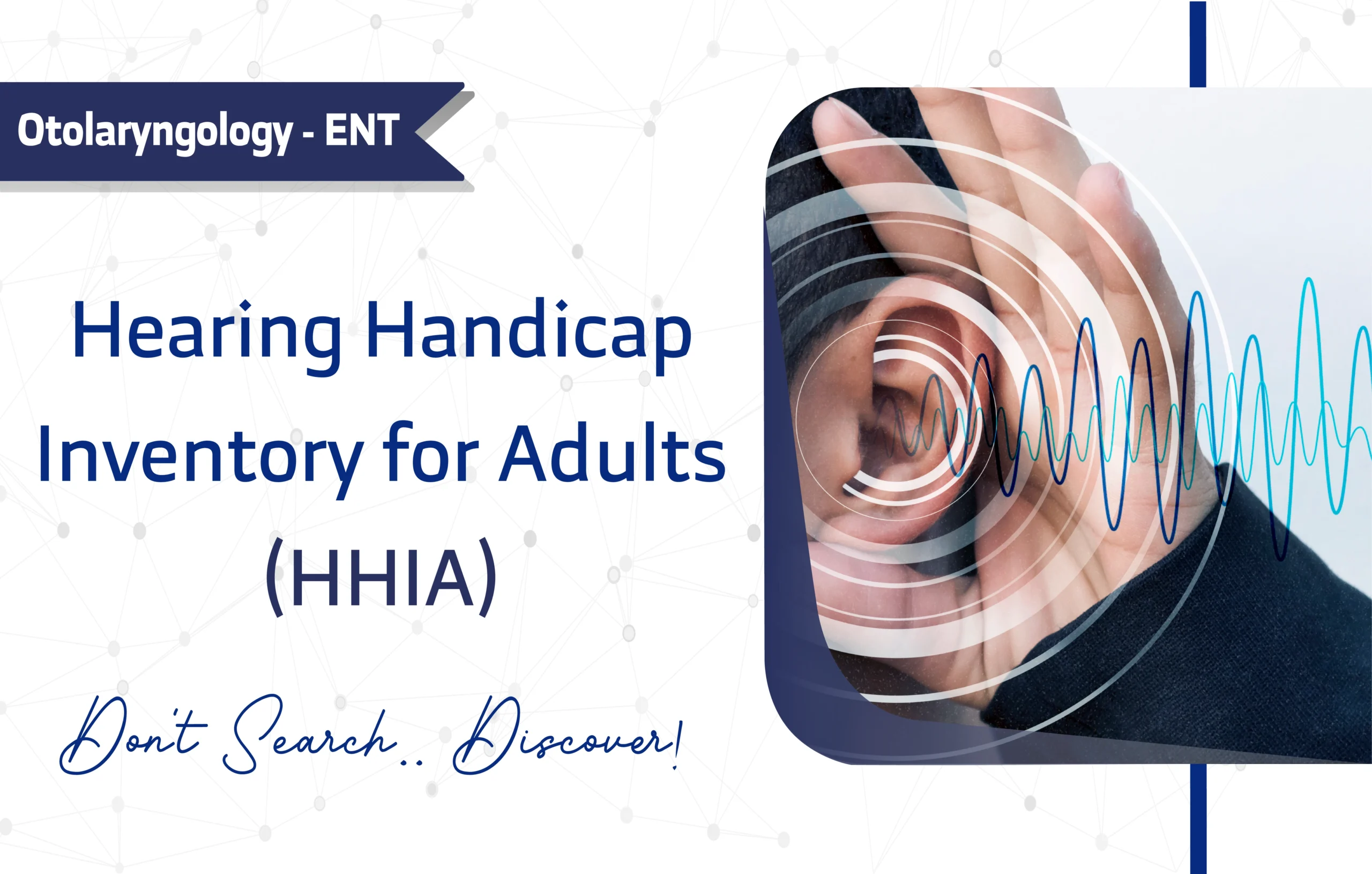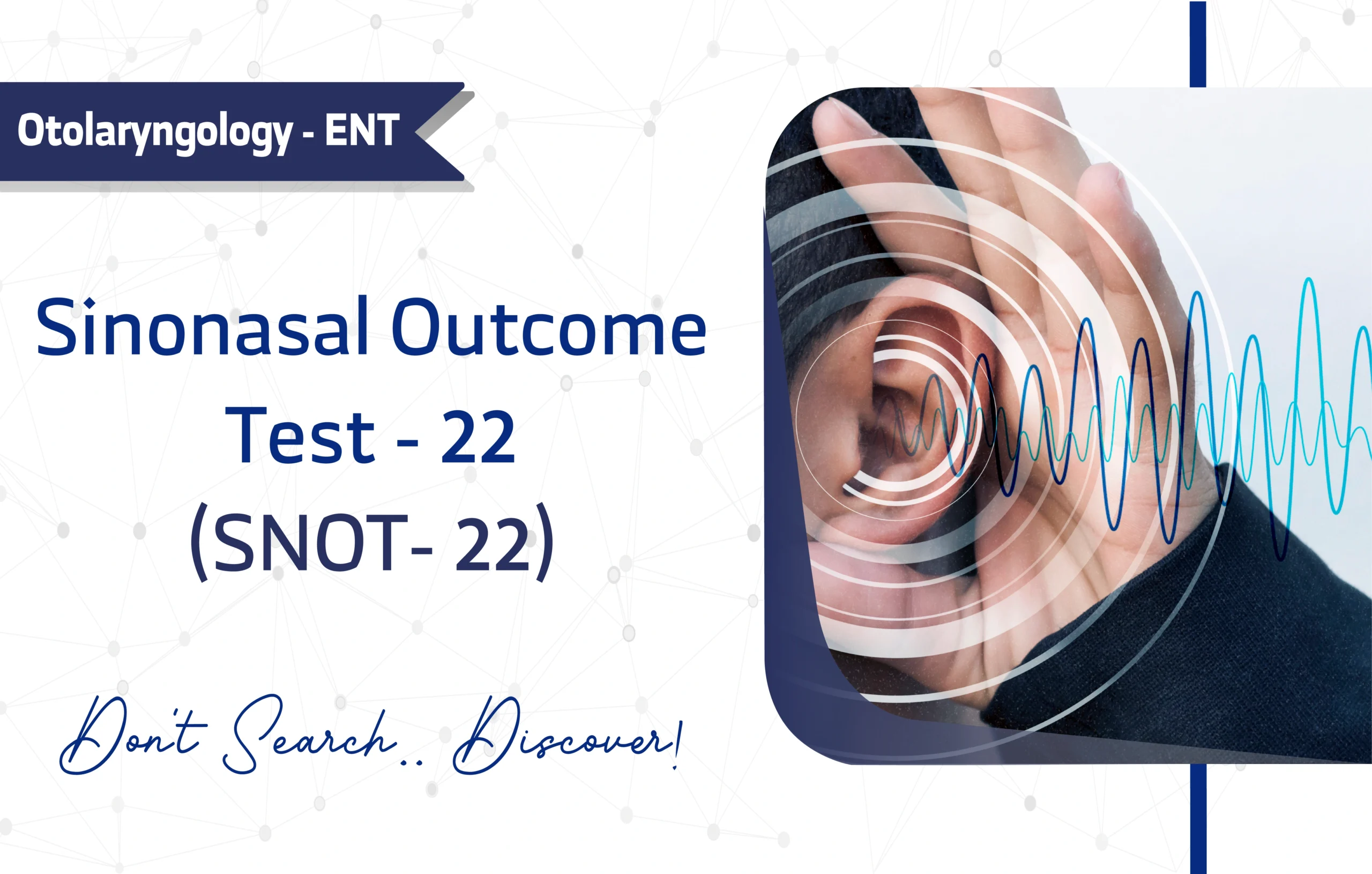Introduction
The Neuropathic Pain Questionnaire (NPQ), developed by Steven J. Krause and Misha-Miroslav Backonja in 2003 published by Lippincott Williams & Wilkins, stands as a cornerstone for assessing neuropathic pain symptoms in adults aged 18 and older. With over 500 citations for its original validation study, the NPQ is widely recognized for its ability to differentiate neuropathic pain from nociceptive pain, offering critical insights for clinical diagnostics and research (Krause & Backonja, 2003).
Consequently, this article provides a detailed exploration of the NPQ, emphasizing its features, applications, and value for researchers and clinicians in pain management. By offering a structured approach to evaluating neuropathic pain, the NPQ enhances evidence-based practice and improves patient outcomes.
Key Features of the Neuropathic Pain Questionnaire (NPQ)
Purpose and Use
The Neuropathic Pain Questionnaire (NPQ) is designed to assess and diagnose neuropathic pain symptoms, enabling clinicians to distinguish them from nociceptive pain. Specifically, it evaluates the main domain of neuropathic pain characteristics, with sub-domains including sensory qualities (e.g., burning, tingling, electric shock-like pain, numbness), evoked pain (e.g., pain provoked by light touch, known as allodynia), temporal/dynamic features (e.g., pain changes with weather or light contact), and affective aspects (e.g., unpleasantness or overwhelming nature of the pain). Consequently, the NPQ serves as a critical tool for both clinical practice and research studies, helping identify neuropathic pain components, guide precise interventions, and support evidence-based pain management strategies.
Target Population
The NPQ is validated for adults aged 18 and older with chronic pain lasting more than three months. This includes young adults (18–24), middle-aged adults (25–44), older adults (45–64), and seniors (65+). Its versatility makes it suitable for diverse patient groups with neuropathic pain conditions, such as diabetic neuropathy, postherpetic neuralgia, or trigeminal neuralgia. As a result, it supports a wide range of clinical scenarios.
Structure
The NPQ comprises 12 questions, each rated using a Visual Analog Scale (0–100), allowing patients to quantify their pain experience with precision. The questionnaire covers key domains, including:
- Sensory Descriptors: Questions focus on symptoms such as burning, tingling, numbness, and electric-like pain, capturing the sensory qualities of neuropathic pain.
- Evoked Responses: Items assess pain provoked by external stimuli, such as weather changes or light touch, addressing phenomena like allodynia.
- Emotional and Descriptive Intensity: Questions evaluate the unpleasantness or emotional impact of pain, reflecting its affective aspects.
Each question uses a visual analog scale (VAS) (0–100), allowing patients to quantify their pain experience accurately. This structured format ensures reliable data collection for clinical and research purposes.
Scoring Method
The Neuropathic Pain Questionnaire (NPQ) employs a Visual Analog Scale (VAS) for each of its 12 questions, with patients rating symptom intensity on a scale from 0 to 100. To calculate the total score, each VAS score is multiplied by a predefined coefficient specific to the symptom being assessed. These weighted values are then summed to produce a discriminant function score.
- A score of ≥ 0 indicates the presence of neuropathic pain.
- A score < 0 suggests non-neuropathic pain.
This scoring method allows clinicians to accurately differentiate neuropathic pain from other pain types, supporting both diagnostic precision and treatment monitoring.
Administration Format
The NPQ takes 5–10 minutes to administer, making it highly efficient. It can be conducted via:
- Paper-based forms
- Digital (Online) platforms
- Interview (In-person)
Its self-administered format, requiring no specialized training, enhances its practicality for busy clinical environments.
Applications of Neuropathic Pain Questionnaire (NPQ)
The NPQ serves multiple roles in clinical and research settings:
- Screening: Identifies patients with neuropathic pain components, streamlining initial assessments.
- Diagnosis: Assists in confirming neuropathic pain versus other pain types, aiding accurate diagnoses.
- Monitoring: Tracks changes in pain symptoms over time, evaluating treatment efficacy.
- Research: Supports clinical trials evaluating pain management therapies, contributing to evidence-based practice.
Importantly, the NPQ’s ability to distinguish neuropathic from nociceptive pain makes it a cornerstone in pain management strategies.
Languages and Availability
Currently, the NPQ is primarily available in English, as documented in its original validation study. While potential exists for adaptation into other languages (e.g., Spanish, or French), specific translations are not widely available. Researchers seeking multilingual versions should contact the authors for guidance on translation permissions.
The Neuropathic Pain Questionnaire (NPQ) is implied to be free for research and clinical purposes, as no fees are mentioned for non-commercial use. However, the copyright is held by Lippincott Williams & Wilkins, the publisher. For commercial use or specific permissions, researchers and clinicians should contact the publisher to confirm licensing requirements. This accessible model supports the NPQ’s widespread adoption in academic and clinical settings, enabling professionals to utilize the tool without financial barriers while respecting copyright guidelines.
Reliability and Validity
The Neuropathic Pain Questionnaire (NPQ) is highly reliable and valid, as demonstrated by its robust psychometric properties. It achieves a Cronbach’s alpha of 0.85 or higher, indicating strong internal consistency across its 12 items. Additionally, the NPQ shows a sensitivity of 66% and a specificity of 74%, enabling it to effectively distinguish neuropathic pain from non-neuropathic pain with moderate to high accuracy. These metrics, combined with excellent test-retest reliability, ensure consistent results over time, making the NPQ a trustworthy tool for both clinical diagnostics and longitudinal research.
Validation Studies:
- Original Validation (2003): Krause and Backonja established the NPQ’s ability to differentiate neuropathic pain, validating its use in clinical settings (PubMed).
Limitations and Considerations
Despite its strengths, the NPQ has a few limitations:
- Self-Report: Respondents may underreport symptoms due to social desirability bias, affecting accuracy.
- Cultural Bias: Limited validation in diverse cultural contexts may reduce applicability in some populations.
- Language Barriers: The lack of widely available translations restricts global use.
- Limited Validation Studies: Limited validation could restrict its applicability in diverse global populations.
Additional Resources
For more information on the NPQ and to access the full questionnaire, visit the following resources:
- Questionnaire Access: Download the NPQ as a PDF via this Google Scholar link.
- Contact Information: For inquiries, reach out via the authors’ Google Scholar profile
Frequently Asked Questions (FAQ)
- Who can use the NPQ?
Clinicians, researchers, and healthcare providers use the NPQ for adults aged 18+ with suspected neuropathic pain. - How long does it take to complete the NPQ?
The NPQ takes approximately 5–10 minutes to complete, making it efficient for clinical use. - How is the NPQ administered?
It can be administered via paper-based, digital, or interview formats, offering flexibility for various settings. - Is there any cost to using the NPQ?
The NPQ is free for non-commercial use; commercial use requires author permission. - Are there other versions of the NPQ?
Yes, the NPQ-SF (Short Form) is a 3-item version for rapid screening, and the NPQ Modified uses a simplified 0–10 scale with summed scores for easier scoring. - What are related questionnaires?
Related tools include PainDETECT and the Leeds Assessment of Neuropathic Symptoms and Signs (LANSS), which also assess neuropathic pain.
A word from ResRef about Neuropathic Pain Questionnaire (NPQ)
The Neuropathic Pain Questionnaire (NPQ) is a validated tool for identifying neuropathic pain components in clinical and research settings. Whether you’re a researcher evaluating pain mechanisms or a clinician optimizing patient care, the NPQ provides critical insights into symptom severity. Consequently, it leads to better outcomes and informed treatment decisions.
References
Krause SJ, Backonja MM. Development of a neuropathic pain questionnaire. Clin J Pain. 2003 Sep-Oct;19(5):306-14. doi: 10.1097/00002508-200309000-00004. PMID: 12966256. (link)









2 thoughts on “Neuropathic Pain Questionnaire (NPQ): A Full Guide for Researchers and Clinicians”
The content here is both educational and practical, which is exactly what I was looking for
Some genuinely nice stuff on this site, I like it.